IMPRESSIVE COMETS
Added on: 16th May 2016
GREAT COMET OF 1680
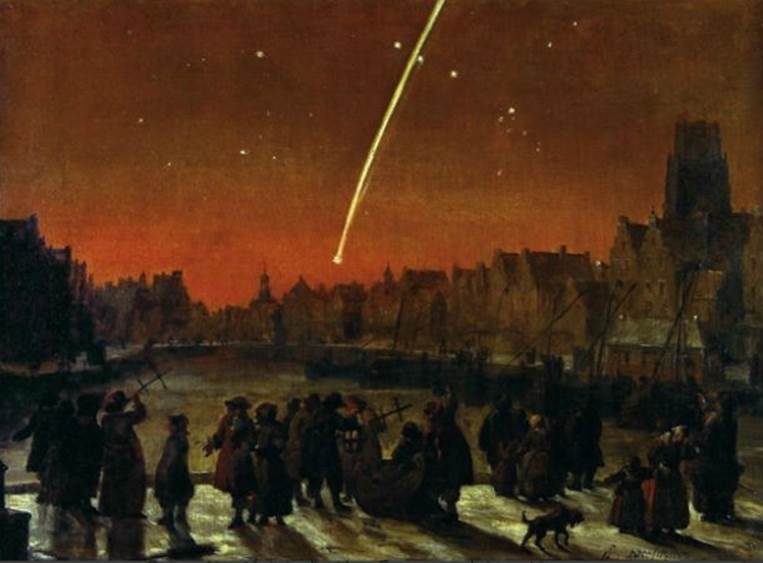
This magnificent comet was discovered by German astronomer
Gottfried Kirch on November 14, 1680, and became one of the
brightest of the seventeenth century. It was reputedly visible
even in daytime and was noted for its spectacularly long tail.
MRKOS (1957)
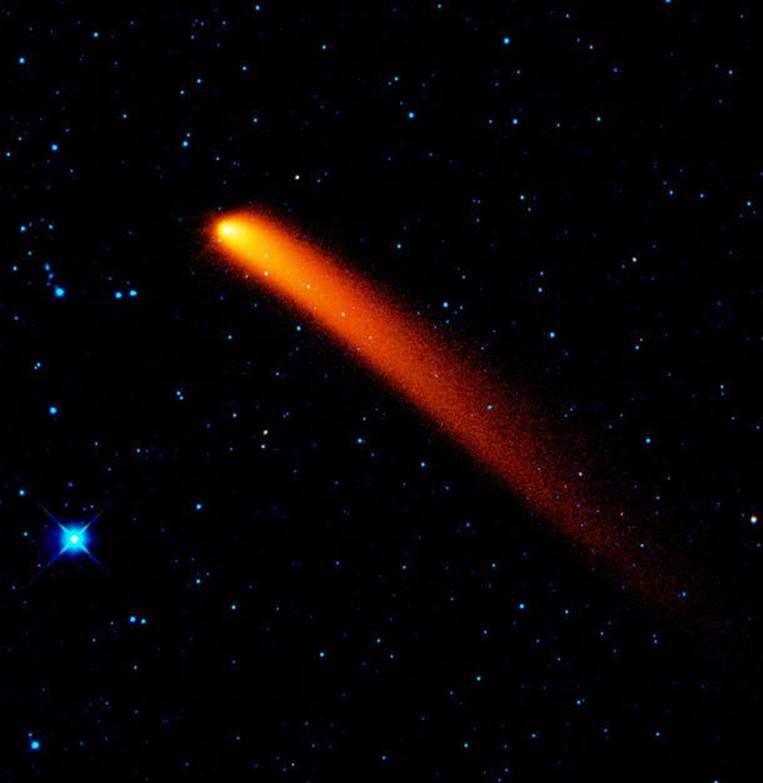
Comet Mrkos was photographed by Alan McClure on August
13, 1957. The picture impressed astronomers since it showed
two types of cometary tails, the straight ion tail and the curved
dust tail. Both tails pointed away from the sun.
DE KOCK–PARASKEVOPOULOS (1941)
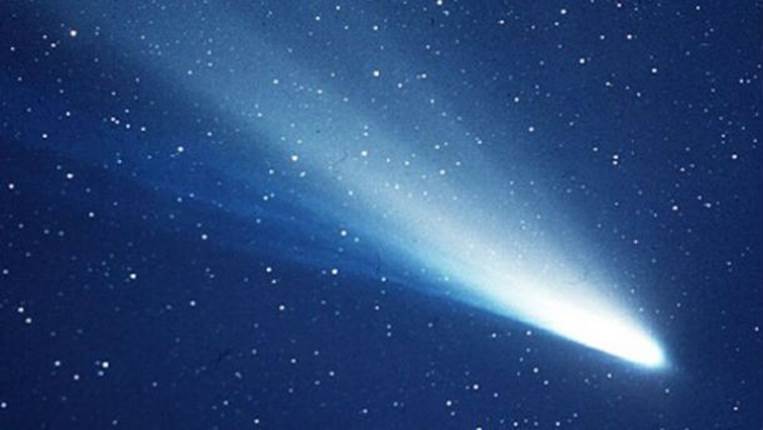
This weirdly beautiful comet is best remembered for its long but
faint tail and was visible at both dawn and dusk. It was
independently discovered by an amateur astronomer named
De Kock and decorated Greek astronomer John S. Paraskevopoulos,
who also discovered a crater on the moon and named it after himself.
SKJELLERUP–MARISTANY (1927)
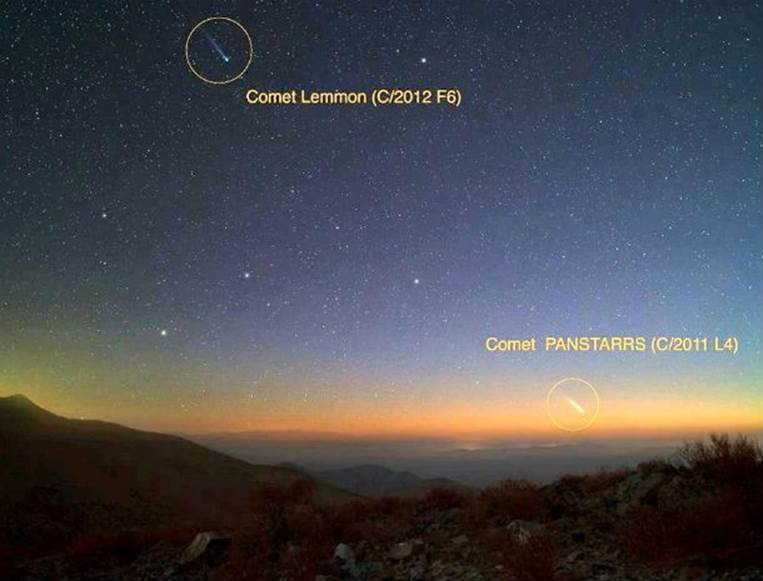
Comet Skjellerup–Maristany was a long-period comet that became
very bright in 1927. This great comet was observable to the
naked eye for about thirty-two days and was independently
discovered by Australian astronomer John Francis Skjellerup
and Argentine astronomer Edmundo Maristany.
MELLISH (1917)
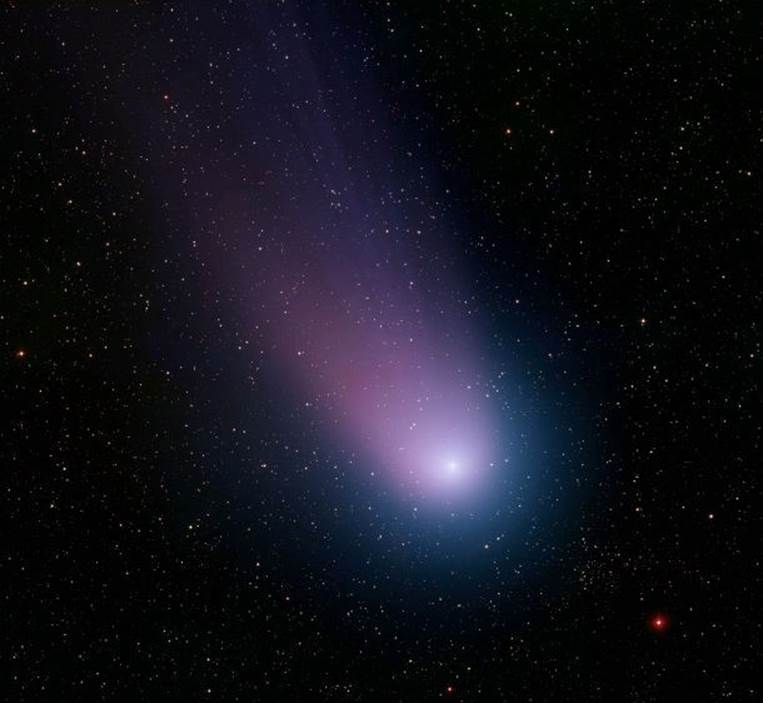
Mellish was an impressive periodic comet mainly seen in the
southern hemisphere. Many astronomers believe that Mellish
could possibly return in 2061, the same year as Halley.
BROOKS (1911)

This bright comet was discovered in July 1911 by astronomer
William Robert Brooks. It is best remembered for becoming a
bright naked-eye object and its distinct blue colour, which was the
result of the emission of carbon monoxide ions.
DANIEL (1907)
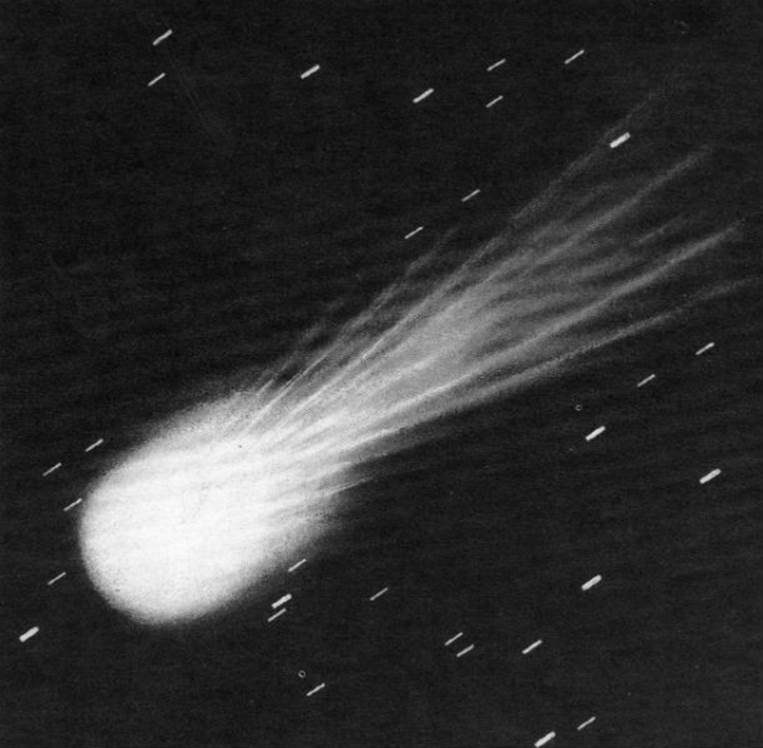
Photographed more than any comet that came before it, Comet
Daniel was one of the most widely seen comets of the
early twentieth century.
LOVEJOY (2011)
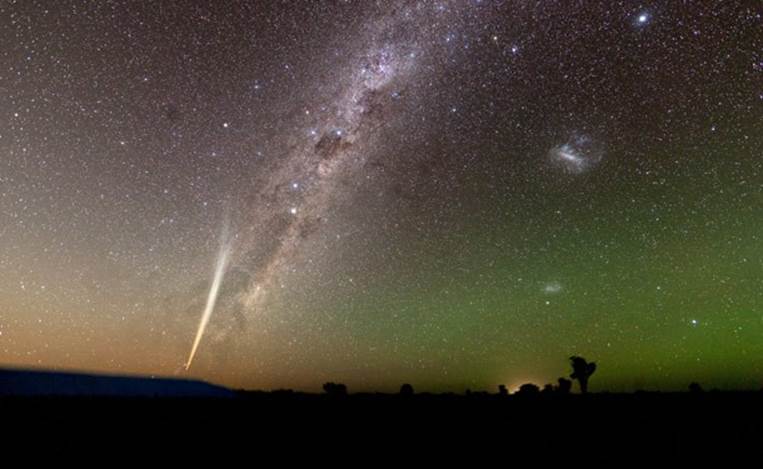
Comet Lovejoy is a long-period comet and Kreutz Sungrazer
(a family of sun-grazing comets, characterized by orbits taking
them extremely close to the sun at perihelion). It was discovered
in November 2011 by Australian amateur astronomer Terry Lovejoy.
BENNETT (1970)
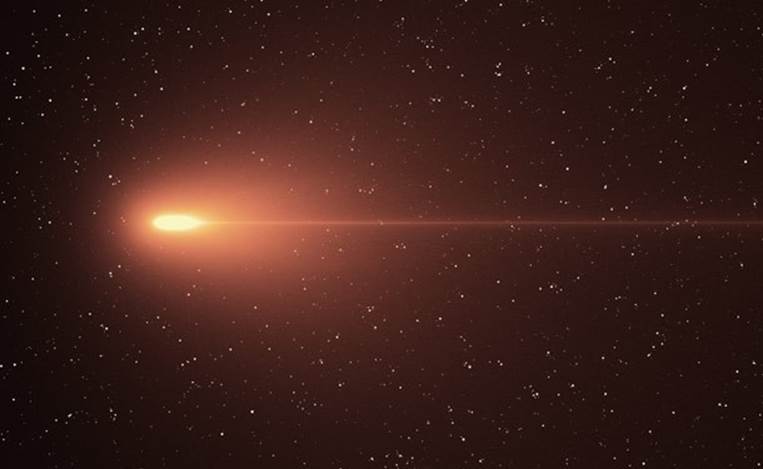
Discovered by John Caister Bennett on December 28, 1969, while
still almost two astronomical units from the sun, Comet Bennett,
formally known as C/1969 Y1, was one of two brilliant comets
to grace the 1970s, along with Comet West.

Comment on this